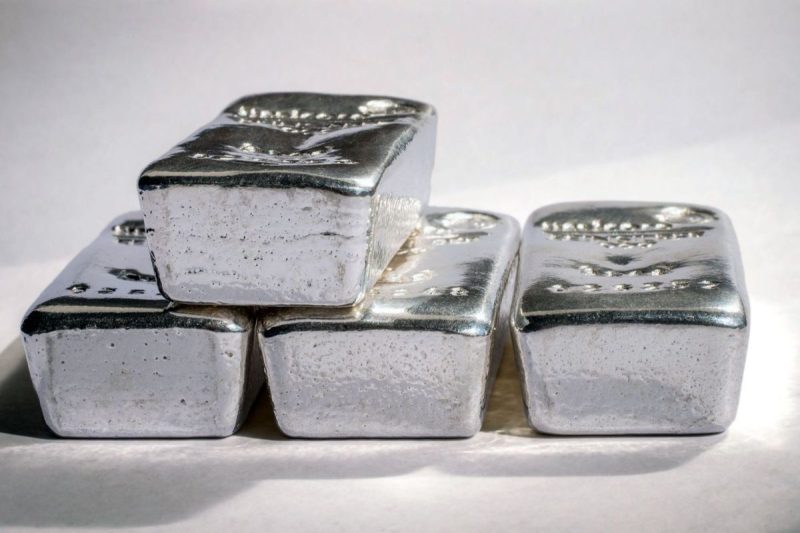In the world of precious metals, palladium has often been overshadowed by its more popular counterparts like gold and silver. However, in recent years, palladium has been gaining attention due to its increasing demand in various industries, particularly in the automotive sector.
The first half of 2024 saw significant fluctuations in the price of palladium, with the metal starting the year at a high point before experiencing a sharp decline in the second quarter. This price volatility can be attributed to a variety of factors, including global economic instability, supply chain disruptions, and shifting investor sentiment.
One of the key drivers of palladium’s price movements in 2024 was the ongoing supply-demand dynamics in the automotive sector. Palladium is a crucial component in catalytic converters, which help reduce harmful emissions from vehicles. As countries around the world continue to tighten emissions regulations, the demand for palladium in the automotive industry remains strong.
Another factor influencing the price of palladium is the geopolitical landscape. Tensions in key producing regions, such as Russia and South Africa, can impact the supply of palladium and cause price fluctuations. Investors closely monitor geopolitical developments to assess the potential risks to the palladium market.
In addition to these external factors, market sentiment and investor behavior also play a significant role in shaping the price of palladium. Speculative trading, macroeconomic indicators, and shifts in the broader financial markets can all impact the demand for palladium as an investment asset.
Looking ahead to the second half of 2024, analysts remain cautiously optimistic about the outlook for palladium prices. While short-term volatility is expected to continue, the long-term fundamentals of the metal remain robust. As the global economy recovers from the impacts of the pandemic and demand for greener technologies increases, palladium is likely to remain a key player in the world of precious metals.


